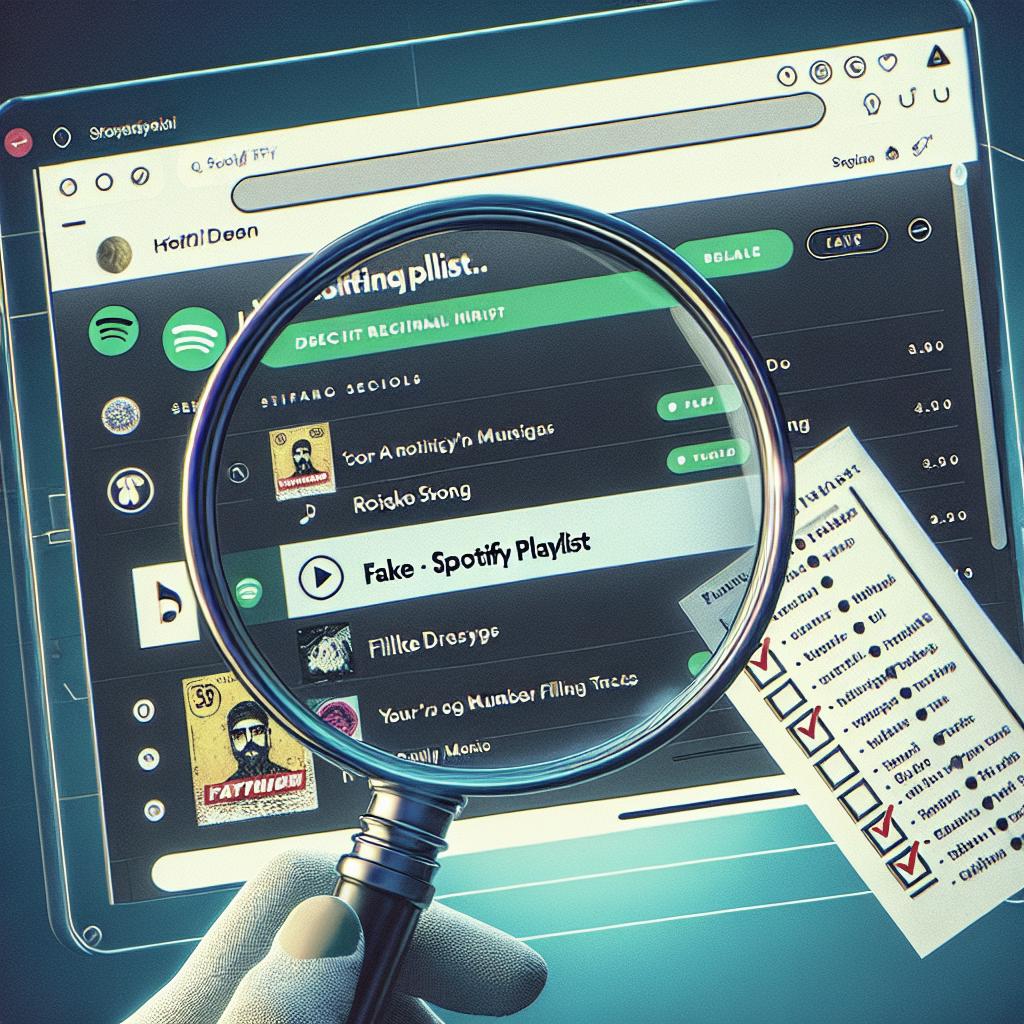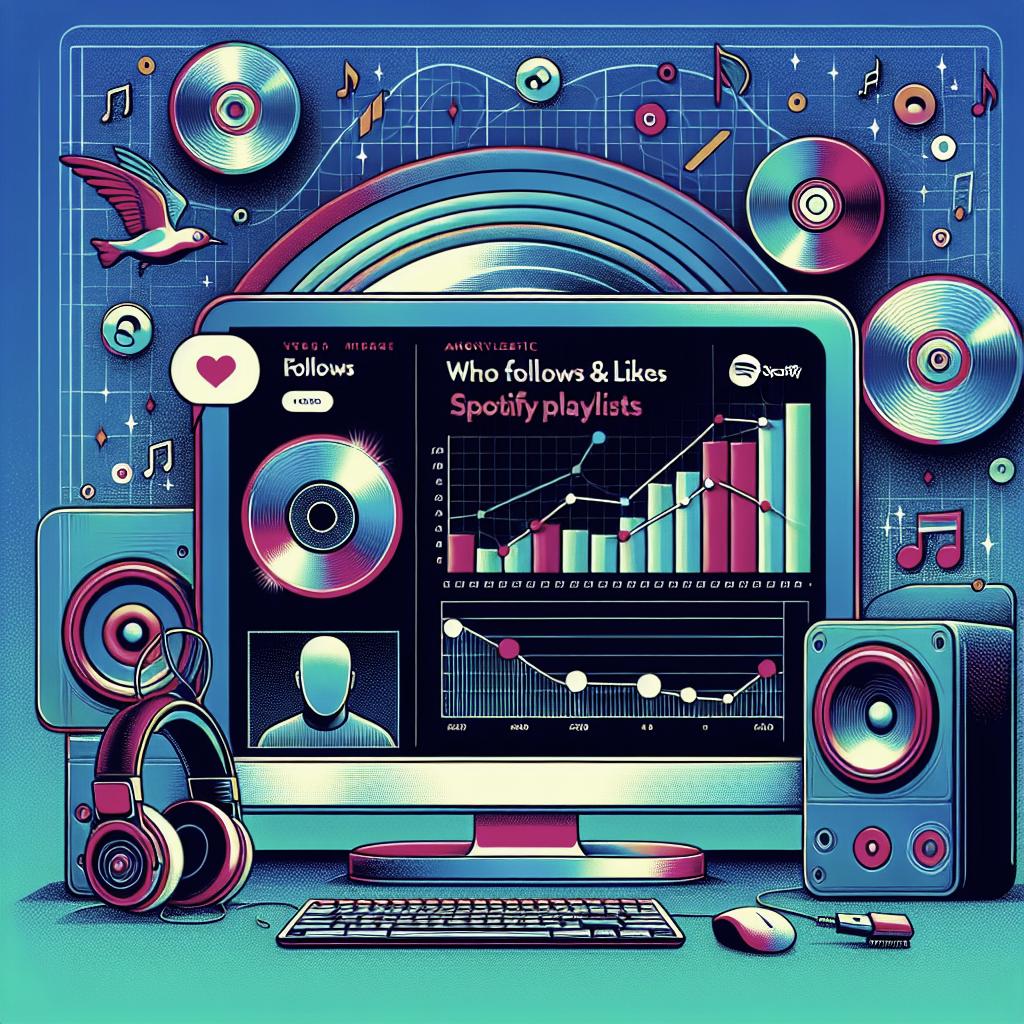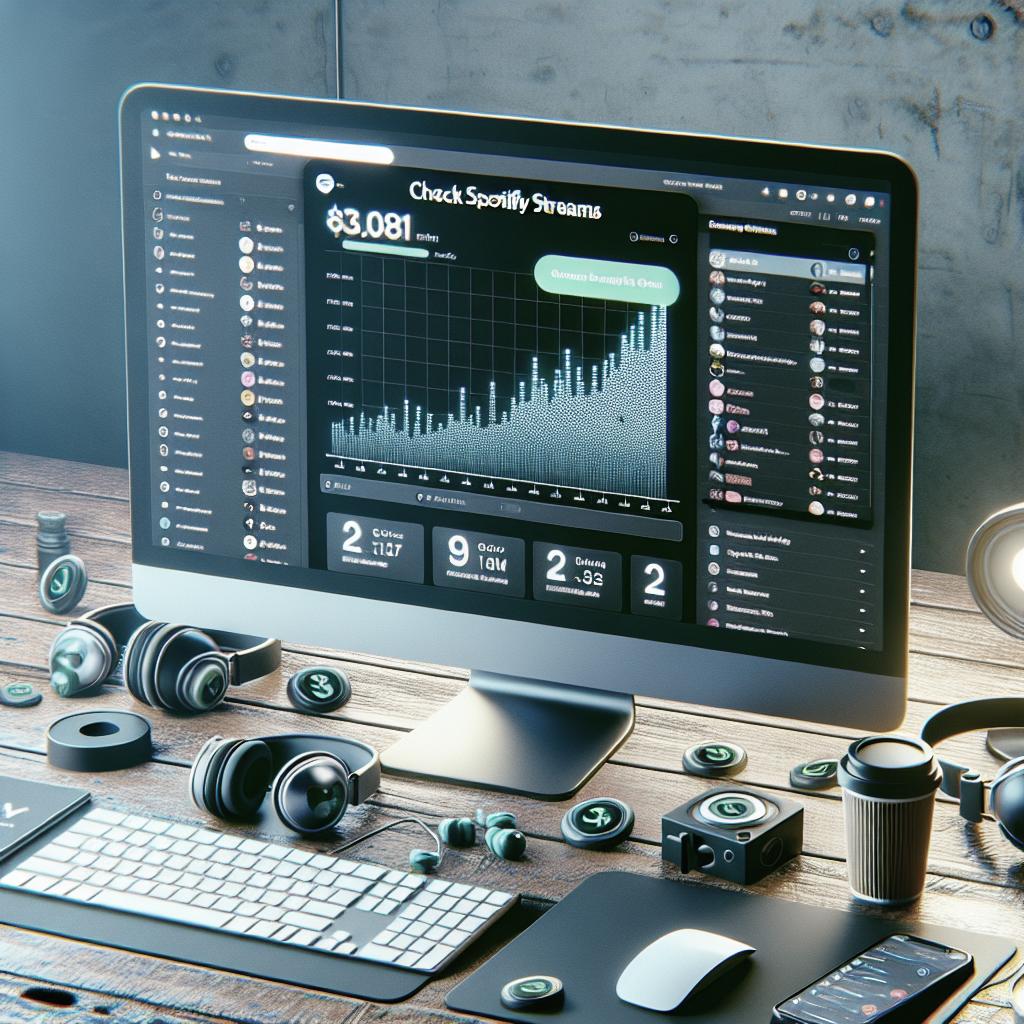Find Out How To Identify A Fake Playlist On Spotify
Spotify has become a colossal force in the music industry, offering artists an unparalleled platform for showcasing their talent. However, the rise of streaming has also led to the emergence of fake playlists, misleading both listeners and artists. Identifying fake playlists is crucial for ensuring authentic music promotion and preventing artists from falling victim to fraudulent schemes. In this blog post, we’ll delve into the key indicators of fake playlists on Spotify, from using specialized tools like Chartmetric and SpotOnTrack to recognizing suspicious curator behavior. By understanding these red flags, you can protect your music and investments while navigating the world of digital streaming.
How to avoid this kind of fraud?
Avoiding fake playlists on Spotify begins with education and vigilance. As an artist or manager, it’s essential to conduct thorough research before engaging with any playlist curator. Familiarize yourself with the common indicators of fake playlists, such as abnormal follower patterns and the curator’s reputation. Always question the legitimacy of a curator who promises guaranteed placements or quick follower boosts in exchange for money. Another significant step in avoiding fraud is utilizing analytical tools designed to scrutinize playlists. Tools like Chartmetric and SpotOnTrack can provide invaluable insights into a playlist’s growth statistics, engagement rates, and follower authenticity. By incorporating these tools into your strategy, you can make informed decisions and avoid falling prey to fraudulent schemes.
1. Use Chartmetric and SpotOnTrack
Chartmetric and SpotOnTrack are powerful analytics tools that can help you identify fake playlists. Chartmetric provides detailed analytics on playlists, including follower growth, engagement rates, and overall playlist health. By examining a playlist’s follower growth over time, you can spot sudden spikes that might indicate the use of bots or fake accounts. SpotOnTrack focuses on playlist tracking and monitoring, offering insights into the playlist’s reach and performance. This tool can reveal unusual patterns, such as a high number of followers from unlikely geographic locations, which may suggest the playlist is not as genuine as it appears. By leveraging these tools, you can make informed decisions about which playlists to pursue for your music promotion.
2. The curator has multiple playlists that all have roughly the same number of followers
One telltale sign of a fake playlist is when the curator manages several playlists, all boasting roughly the same number of followers. In a natural setting, playlists will have varying follower counts based on their genre, quality, and time of existence. Consistent follower numbers across multiple playlists may indicate the use of fake followers. It’s also worth examining the diversity of the playlists. A curator with a wide range of genres but identical follower numbers might be using bots to inflate the follower count. Genuine playlists usually show a broader variance in followers because different genres appeal to different audience sizes and types.
3. The curator has large playlists but hardly any followers for themselves
Another red flag is when a curator has large, well-followed playlists but very few followers on their personal profile. In most legitimate cases, a successful playlist curator will have a significant following of their own, as their reputation and expertise in curating playlists would naturally attract followers. If you come across a curator whose playlists have thousands of followers, but their personal profile is almost barren, it could mean the followers are artificially inflated. Genuine curators often engage with their audience and maintain a personal brand, which should be reflected in their follower count.
4. The curator’s followers often have similar names and often no profile pictures
Fake playlists often draw followers with similar, generic names and no profile pictures. These are typically bot accounts created to inflate the playlist’s follower numbers artificially. While it’s normal for some Spotify users to not have a profile picture, a high concentration of such accounts among a playlist’s followers is suspicious. Take a closer look at the follower list of a playlist. If you find many profiles with a lack of individuality—such as usernames filled with random numbers or repetitive patterns, and missing profile images—this is a strong indicator of inauthentic followers. Genuine followers will generally have a more diverse range of names and profile pictures.
5. The curator sells playlist placements for money
One of the most blatant signs of a fake playlist is when a curator offers guaranteed placement for a fee. While some legitimate services charge for playlist consideration, the promise of guaranteed placement is a major red flag. Genuine curators build their playlists based on quality and suitability, not monetary transactions. Engaging with curators who sell placements can also hurt your reputation and violate Spotify’s terms of service. It’s always better to achieve organic growth through quality content and legitimate promotional strategies. Focus on creating great music and finding genuine curators who appreciate it, rather than paying for dubious playlist spots.
6. Playlist does not appear on the ‘Discovered On’ on an artist’s profile
Another way to gauge the legitimacy of a playlist is to see if it appears in the ‘Discovered On’ section of an artist’s Spotify profile. This section lists the playlists that have the most significant impact on an artist’s follower growth. If a playlist claims to be influential but doesn’t appear in this section for any artists, its impact might be overstated or fabricated. The ‘Discovered On’ feature is a useful way to verify a playlist’s actual reach and effectiveness. Investigate the playlists that are actively benefiting artists in this manner, as it demonstrates genuine listener engagement and organic discovery, rather than manipulated metrics.
For music promotion, start your campaign with us today!
Navigating Spotify’s playlist landscape can be challenging, but understanding these red flags can help you identify and avoid fake playlists. By using analytic tools, scrutinizing curator behavior, and validating playlist performance through the ‘Discovered On’ section, you can ensure your music promotion efforts are both effective and ethical. Remember, quality music and genuine engagement are your best tools for success. If you’re looking to start a robust and transparent music promotion campaign, we’re here to help you navigate this complex landscape and achieve your goals.
| Indicator | Description |
|---|---|
| Use Chartmetric and SpotOnTrack | Analytical tools that help identify sudden follower spikes and unusual patterns. |
| Multiple playlists with similar follower numbers | Consistency in follower count across different playlists suggests potential use of fake followers. |
| Large playlists but few followers for curator | Suggests the playlist followers are artificially inflated if the curator has low personal followers. |
| Followers with similar names/no profile pictures | Indicates likely use of bot accounts to boost follower numbers. |
| Curator sells playlist placements for money | Guaranteed placements for a fee are a major red flag for fake playlists. |
| Playlist not appearing on ‘Discovered On’ | Absence in this section suggests the playlist might not be driving genuine engagement. |


